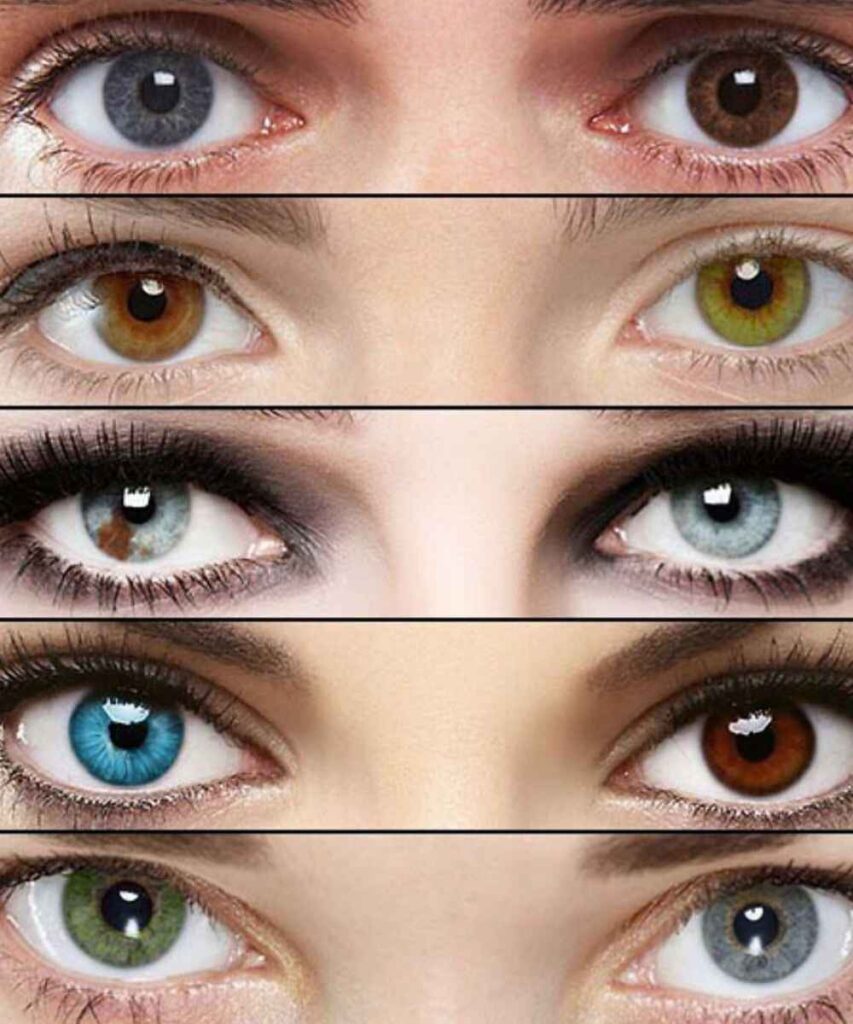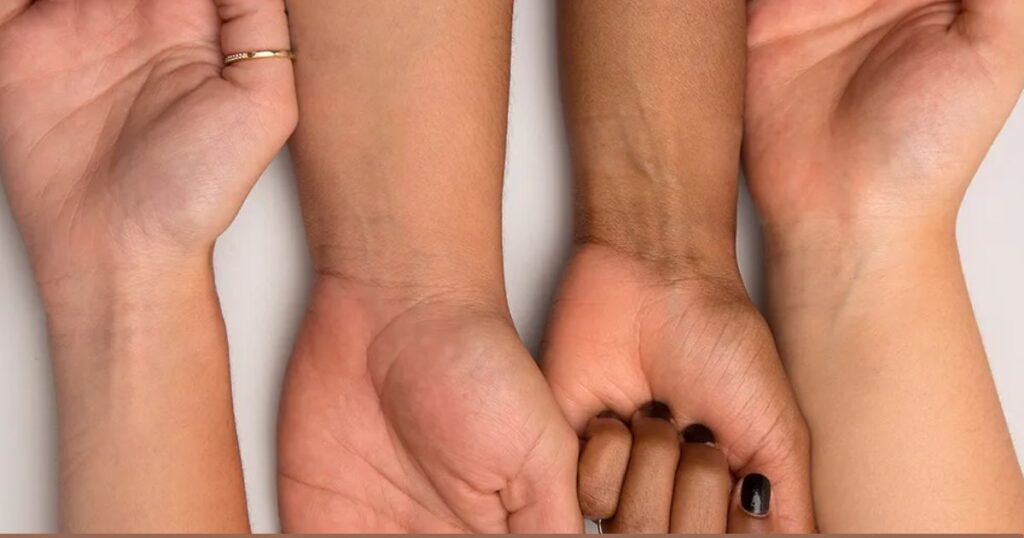One of the crucial things you need to know is your skin undertone! A right makeup, clothing, and accessories for your undertone will add to your natural beauty and will suit your complexion to the best quality.
Through this thorough guide we’ll address the importance of defining one’s undertone and the difference between skin tone and undertone. Also we will provide detailed ways to identify skin undertone precisely.
Why is it important to know your skin tone?
Knowing your skin tone goes beyond mere aesthetics; it’s about creating harmony in your overall appearance. Here’s why it matters:
- Harmonious Look: Understanding your skin tone helps you select colors that harmonize with your complexion, resulting in a cohesive and balanced appearance.
- Enhanced Confidence: Wearing colors that flatter your undertone can boost your confidence and make you feel more comfortable in your skin.
- Efficient Shopping: Knowing your undertone streamlines the process of shopping for makeup, clothing, and accessories, saving you time and money by avoiding purchases that don’t complement your complexion.
- Flawless Makeup Application: Choosing makeup shades that match your undertone ensures a seamless and natural-looking finish, enhancing your features without appearing stark or mismatched.
Looking to enhance your skin’s radiance? Buy glutathione injections online from Drip Vitals for a convenient and effective way to achieve a brighter complexion.
What is the difference between skin tone and undertone?
Understanding the disparity between skin tone and undertone is fundamental to accurately identifying your undertone. Here’s a brief explanation:
- Skin Tone: Skin tone refers to the surface color of your skin, which can be influenced by factors such as sun exposure and pigmentation. Skin tones are commonly categorized as light, fair, medium, or dark.
- Undertone: Undertone is the subtle hue beneath the surface of your skin that remains consistent regardless of external factors. Undertones are classified as warm, cool, or neutral and play a crucial role in determining which colors complement your complexion best.
Recommended Blog: 15 Best Minimalist Makeup Brands For Natural Look
How to determine your undertone
Now that we’ve established the importance of knowing your undertone and the distinction between skin tone and undertone, let’s explore various methods to accurately determine your undertone:
1. Look at your eyes’ color

Your eye color can provide valuable insights into your undertone:
- Lighter Eyes: If you have blue or green eyes, you likely have a cool undertone.
- Darker Eyes: Brown or black eyes often indicate a warm undertone.
Observing the natural color of your eyes can serve as a helpful starting point in identifying your undertone.
2. Use gold and silver jewelry
Experimenting with different jewelry colors can help discern your undertone:
- Gold Jewelry: If gold jewelry complements your complexion, you likely have a warm undertone.
- Silver Jewelry: Conversely, if silver jewelry enhances your features, you may have a cool undertone.
Try wearing gold and silver accessories separately to determine which metal complements your skin tone best.
3. Compare your skin to a white piece of paper

This simple yet effective method involves comparing your skin to a white piece of paper in natural light:
- Pink Undertone: If your skin appears pinkish in contrast to the paper, you likely have a cool undertone.
- Yellow Undertone: A yellowish tone in comparison to the paper indicates a warm undertone.
- Neutral Undertone: If your skin appears olive, grey, or unclear against the paper, you may have a neutral undertone.
4. Think about your reaction to the sun

Observing how your skin reacts to sun exposure can offer clues about your undertone:
- Reddish Tan: If your skin tends to redden easily and develops a pinkish hue after sun exposure, you likely have a cool undertone.
- Golden Tan: Conversely, if your skin acquires a golden or chocolate-toned tan, you may have a warm undertone.
- Neutral Tan: A tan that transitions from red to brown suggests a neutral undertone.
5. Analyze your veins

Examining the color of your veins can provide insight into your undertone:
- Blue or Purple Veins: If your veins appear blue or purple, you likely have a cool undertone.
- Green or Olive Veins: Veins with a green or olive tone suggest a warm undertone.
- Unclear Color: If the color of your veins appears ambiguous or fluctuates between green and blue, you may have a neutral undertone.
6. Compare your skin to other people’s skin

Comparing your skin to someone with a known undertone can help identify your own undertone:
- Cool Undertone: If your skin appears cooler or pinker compared to someone with a warm undertone, you likely have a cool undertone.
- Warm Undertone: Conversely, if your skin appears warmer or more golden compared to someone with a cool undertone, you may have a warm undertone.
7. Test different foundation tones

Experimenting with various foundation shades can help pinpoint your undertone:
- Natural Lighting: Apply different foundation shades to your face and assess them in natural lighting for the most accurate representation.
- Facial Application: When testing foundation, apply it directly to your face rather than your hand for a more accurate match.
8. Dress up colorfully

Exploring a variety of clothing colors can reveal your undertone:
- Warm Colors: If you look best in red, orange, and yellow hues, you likely have a warm undertone.
- Cool Colors: Conversely, if pink, pastels, and blues flatter your complexion, you may have a cool undertone.
- Neutral Colors: If you find that a wide range of colors complement your skin tone, you may have a neutral undertone.
Recommended Blog: How To Determine Your Hair Type?
Conclusion
Finding the right undertone (cool or warm) serves as one of the most critical pillars when composing a collection of clothes and makeup products designed to highlight your native beauty.
The provided techniques can be utilized therefore and enable you to correctly identify your undertone allowing you to make a smart selection of colors that matches with your skin shade. In the next guide, we take a close look at the last tips and tricks on improving your appearance. Thus none of us will fail.

